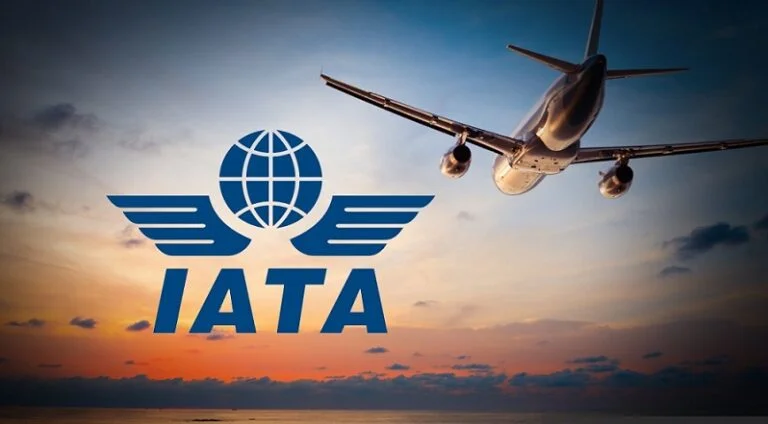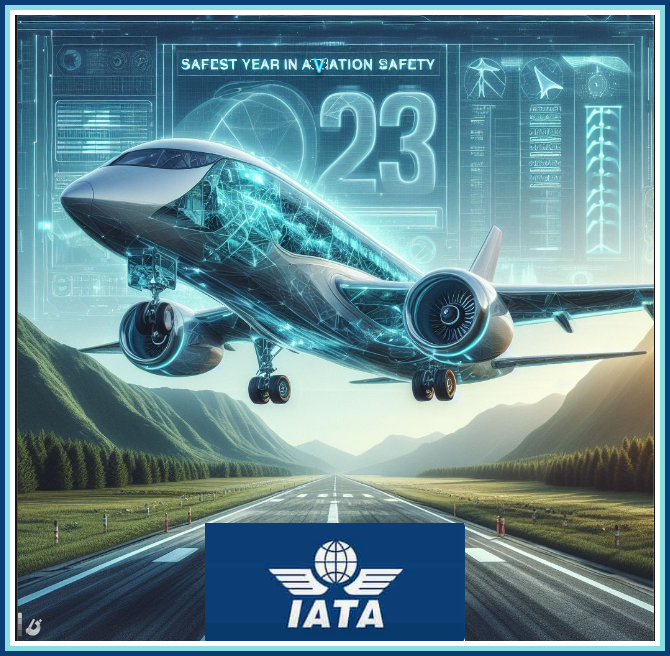
Introduction
In the rapidly evolving aviation landscape of East Africa, international oversight and collaboration are essential to ensure safe and secure skies. Two key global organizations—the International Civil Aviation Organization (ICAO) and the International Air Transport Association (IATA)—play significant roles in guiding and supporting safety improvements in the region. Through audits, training, standard-setting, and collaboration, ICAO and IATA influence how East African states develop aviation policy, implement safety oversight, and improve operational safety. This article explores the contributions of these two organizations and their ongoing influence on aviation safety across East African nations.
ICAO’s Mandate and Regional Role
ICAO, a specialized agency of the United Nations, is responsible for setting international civil aviation standards and recommended practices (SARPs) under the Convention on International Civil Aviation (Chicago Convention). All East African states are signatories to this treaty, making them obligated to comply with ICAO regulations.
In East Africa, ICAO works primarily through the Eastern and Southern African (ESAF) Office, which supports member states like Kenya, Uganda, Tanzania, Rwanda, Burundi, Ethiopia, Somalia, and South Sudan. The ESAF office helps implement safety oversight systems, conduct safety audits, and coordinate technical assistance.
One of ICAO’s most impactful initiatives in the region has been the Universal Safety Oversight Audit Programme (USOAP), which assesses the capabilities of states to oversee civil aviation safety. These audits evaluate aspects such as legislation, licensing, accident investigation, and air navigation services. For example, in its recent USOAP report, Kenya received commendations for regulatory alignment but was urged to strengthen its enforcement capabilities.
Supporting Capacity Building
ICAO also supports East African countries through capacity-building programs, including workshops, technical missions, and the development of national safety plans. These efforts help bridge knowledge and resource gaps, especially in states with limited aviation infrastructure or regulatory experience.
In Somalia, for instance, ICAO played a critical role in restoring air traffic control services in Mogadishu following years of conflict. The re-establishment of the Somali Civil Aviation Authority and the handover of airspace control in 2018 were made possible with ICAO’s guidance and training.
Similarly, in South Sudan, ICAO has worked with the Civil Aviation Authority to develop basic regulatory frameworks and lay the groundwork for long-term safety oversight systems.

IATA’s Role in Operational Safety
Unlike ICAO, which deals primarily with regulatory frameworks and government oversight, IATA focuses on the airline industry, promoting safe and efficient airline operations. Several East African airlines, including Kenya Airways, RwandAir, and Ethiopian Airlines, are IATA members and participate in its global safety initiatives.
One of IATA’s most influential programs in the region is the IATA Operational Safety Audit (IOSA). IOSA certification is a benchmark for airline safety, assessing operational management and control systems. Carriers like Kenya Airways and Ethiopian Airlines have maintained IOSA registration, positioning them as leaders in safety performance within Africa.
IATA also provides training programs for airline staff in areas such as flight operations, ground handling, cabin safety, and emergency response. These trainings help ensure that airline employees across East Africa meet international safety expectations.
Enhancing Air Navigation Services and Infrastructure
Both ICAO and IATA advocate for modernization of air navigation services (ANS) in East Africa. ICAO’s Global Air Navigation Plan (GANP) encourages states to adopt Performance-Based Navigation (PBN), Automatic Dependent Surveillance–Broadcast (ADS-B), and other technologies that enhance safety and efficiency.
Ethiopia and Kenya have made significant progress in ANS modernization, deploying ADS-B systems and upgrading communication, navigation, and surveillance infrastructure. ICAO and IATA continue to support regional efforts to harmonize these systems through cross-border initiatives and shared training programs.
Regional Cooperation Through ICAO and IATA
One of the most impactful outcomes of ICAO and IATA involvement has been the promotion of regional cooperation. Both organizations support platforms like the East African Community Civil Aviation Safety and Security Oversight Agency (CASSOA), which helps harmonize regulations and pool technical resources.
By aligning safety standards across member states, CASSOA improves consistency in oversight and encourages the mutual recognition of licenses, certifications, and inspection results. ICAO and IATA participate in these efforts through workshops, technical guidance, and participation in regional planning groups.
For example, ICAO’s AFI Plan (Comprehensive Regional Implementation Plan for Aviation Safety in Africa) has accelerated the implementation of safety oversight systems in East Africa, bringing together stakeholders from across the region to develop harmonized strategies and share best practices.
Addressing Regional Challenges
Despite ICAO and IATA’s efforts, several challenges persist. Some East African countries struggle with limited financial and technical capacity, leading to delays in implementing international standards. Political instability, especially in countries like Somalia and South Sudan, complicates regulatory development and weakens institutional frameworks.
Corruption, inadequate training, and infrastructure gaps further hinder progress. ICAO and IATA continue to emphasize the need for sustained investment in training, safety oversight institutions, and modern technology to address these barriers.
Conclusion
The roles of ICAO and IATA in East Africa extend far beyond policy documents and audits—they are instrumental in shaping the region’s aviation safety landscape. Through guidance, training, collaboration, and advocacy, these organizations are helping East African states raise their safety standards and align with global best practices. As aviation demand in the region continues to grow, the influence of ICAO and IATA will be increasingly important in ensuring that safety remains a priority. With continued commitment from governments, regulators, and industry stakeholders, East Africa is well-positioned to enhance its aviation safety record and build a more resilient aviation system.


